Why is the BYD Dolphin and Atto 3 taking so long to charge? Here’s why (VIDEO)
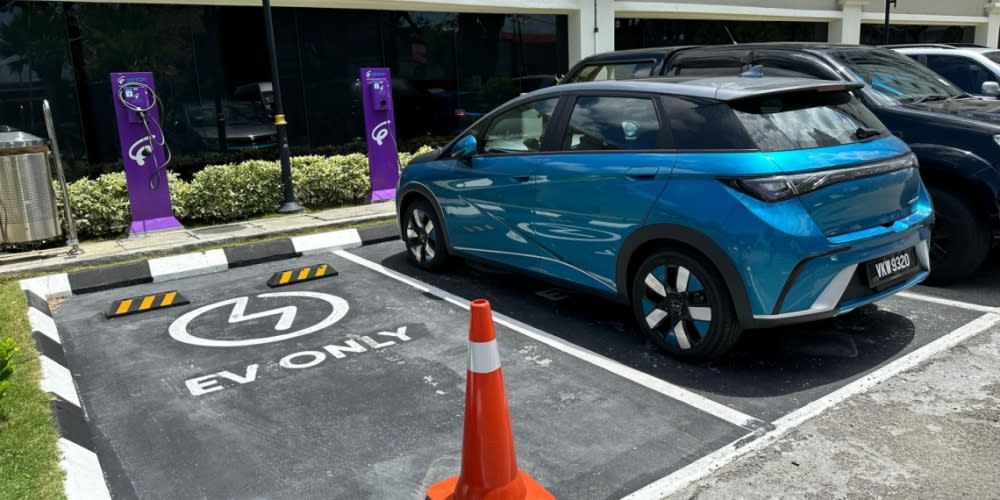
KUALA LUMPUR, Oct 29 — Similar to smartphones, different electric vehicles (EV) have their own supported AC and DC fast charging speed. Most EVs from China such as the BYD Dolphin, BYD Atto 3, GWM Ora Good Cat and the Neta V come with a single-phase onboard charger and as a result, your charging speed on AC is not as fast as other mainstream brands which come with a three-phase onboard charger.
On paper, these EVs from China should support up to 7kW when plugged into an AC charge point. However, you might get a slower 3kW charging rate on a charger that’s labelled as 11kW. So what’s going on? Is the charge point operating ripping you off?
Here’s what you need to know about charging an EV with a single-phase onboard charger and how to get the best charging experience.
Single vs Three-Phase AC Charge Points
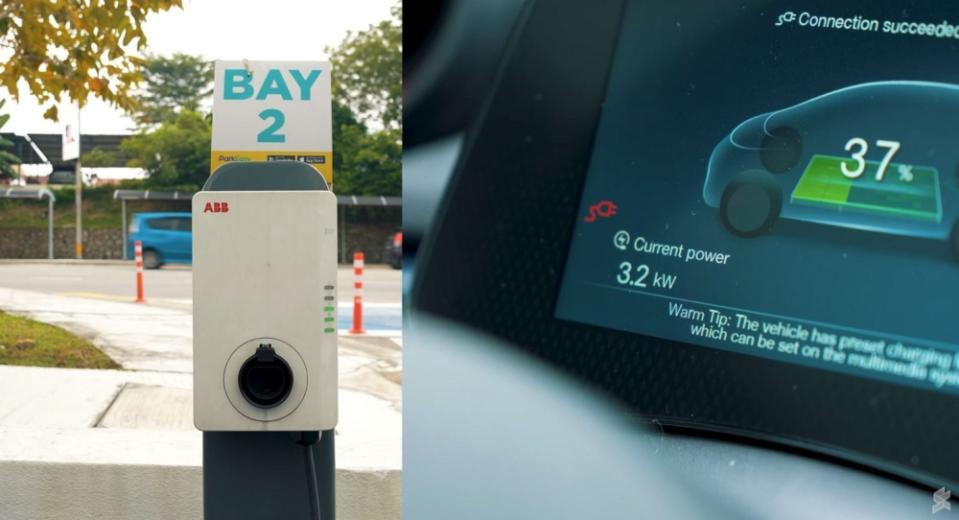
On EVs such as the BYD Dolphin, BYD Atto 3, GWM Ora Good Cat, Neta V and even the 2nd gen Nissan Leaf, they can only get up to 7kW for AC charging. When the vehicle is plugged into an 11kW three-phase AC charge point, the maximum rate you can get is only 3.7kW.

The reason is that 11kW chargers could only do 16 Amps as shown on the label above. Since Malaysia’s voltage is 220-240V and you multiply that by 16A, you will only get a maximum of 3.7kW on your BYD Dolphin, Atto 3 or the Ora Good Cat.
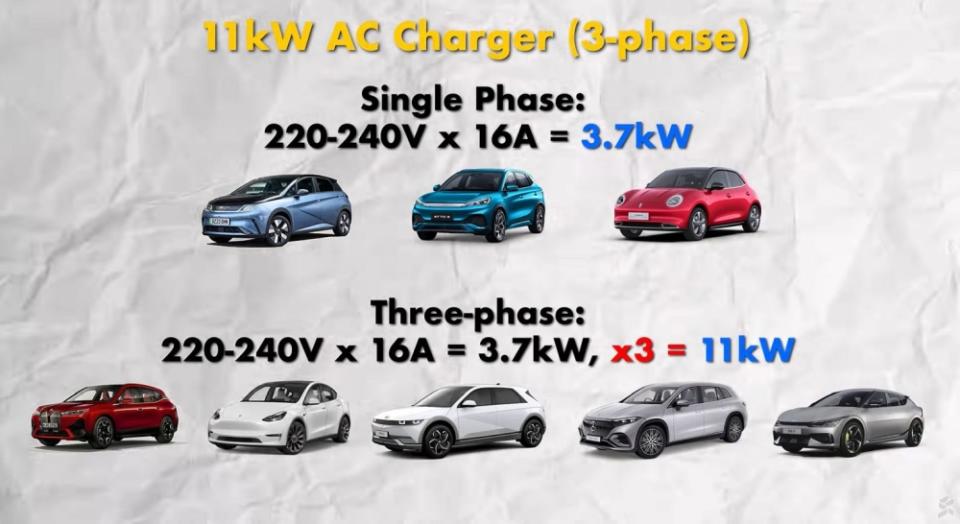
If you’re driving an EV with a three-phase onboard charger, the total AC output is multiplied by three (3.7kW x3) and as a result, the EV can receive 11kW. 11kW AC charge points are ideal for most EVs from BMW, Mercedes-Benz, Hyundai, Kia, Tesla and more, but they are very slow if you’re driving an EV with a single-phase onboard charger.
Best AC charge points for single-phase EVs
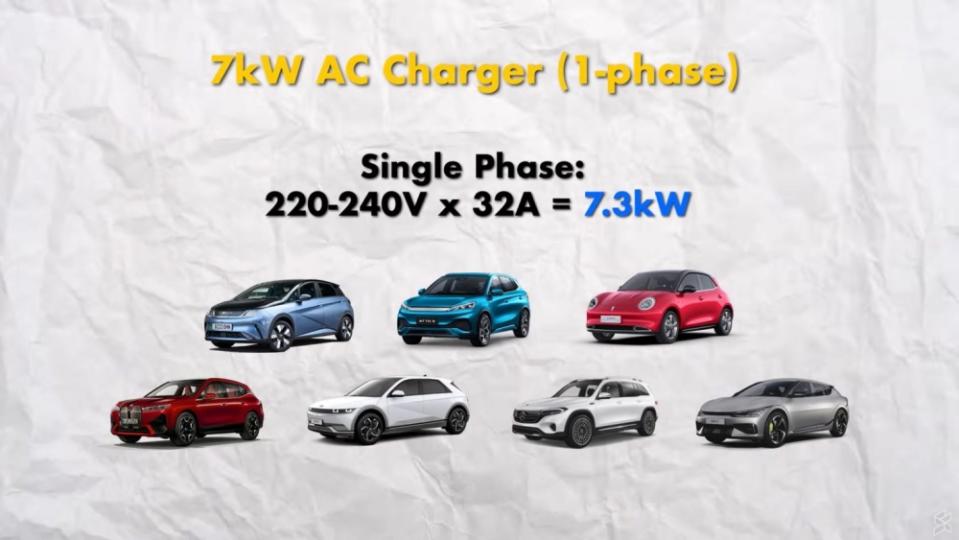
The only way for you to get the maximum 7kW is by looking for an AC charge point that does 32 Amps. This includes AC charge points that offer 7kW (Single-phase) as well as 22kW (Three-phase). Despite 7kW being a smaller number than 11kW, the single-phase 7kW charge points support 32A, and if you multiply that by 230V, you’ll get 7.3kW.

Similarly, on a three-phase 22kW AC charge point, you can still get 7.3kW on a single phase with your BYD Dolphin, BYD Atto 3 and Ora Good Cat. The 22kW AC charge point offers greater flexibility for other EVs as it can also deliver 11kW as well as 22kW.
There are a handful of EVs that can do 22kW on AC which include the Renault Zoe, Smart #1 (Premium and Brabus), Audi RS e-tron GT, Lotus Eletre and the recently launched Mercedes-Benz EQS SUV.
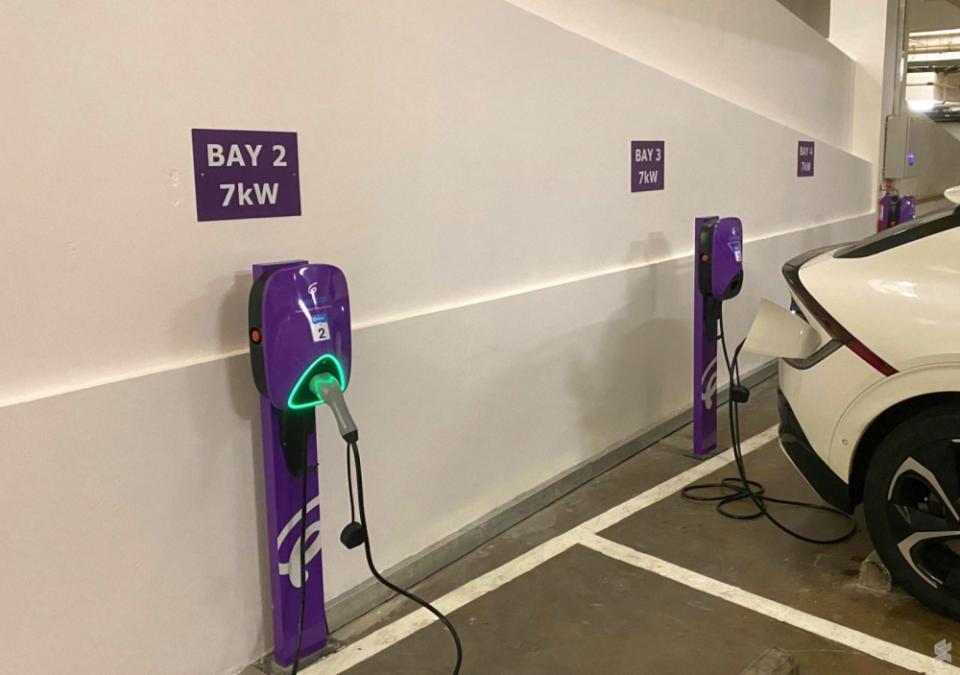
To summarise, if you want to get the maximum 7kW AC charging speed for your BYD Dolphin, Atto 3 and Ora Good Cat, look for AC charge points that offer 7kW or 22kW.
You can still charge at an 11kW charge point but it will take twice the amount of time to get your desired amount of charge. It won’t be an issue if you’re going to charge it overnight or if the public charger is priced based on kWh consumed. If it is pricing is calculated according to time (per-minute pricing), then you might want to consider other charge points instead if the rates are expensive.
Best way to DC Fast Charge the BYD Dolphin and Atto 3
Going back to the BYD Dolphin or the BYD Atto 3, the standard range models can only support up to 60kW of DC fast charging or up to 80kW of DC fast charging for the extended range model. On paper, charging the BYD Dolphin dynamic standard range model from 30-80% will take approximately 40 minutes, while the premium extended model takes 30 minutes.
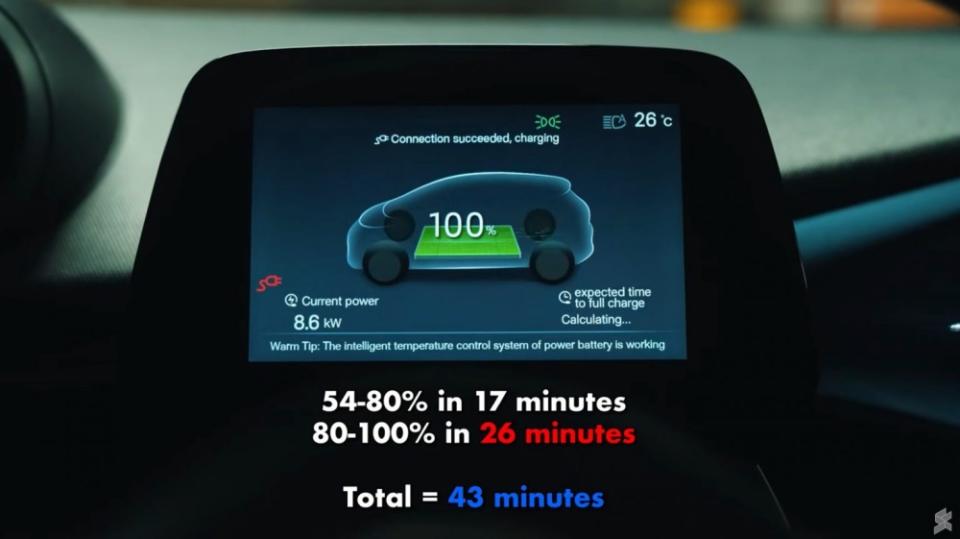
For DC fast charging, it is always recommended to stop at 80% as advised in our long-distance EV guide. The reason is because of the charging curve as the charging rate starts to slow down significantly once your EV battery’s state of charge gets higher.
You can think of it like a scenario of filling up a theatre hall. It is faster to fill the seats when the hall is empty but it gets harder and slower to fill up the remaining seats when the hall is becoming full.
On the BYD Dolphin Premium Extended, we managed to get over 85kW until 59%, and then it dipped to 58kW until 85%. Eventually, the charging rate dropped further to 33kW until 95% and then down to 28kW at 97%. In the final few percentages, the rate dropped to 15kW before it hit 100%.
To charge from 54-80%, it only took 17 minutes which is impressive for a budget EV. However, charging from 80-100% took an additional 26 minutes. So instead of waiting for that extra 26 minutes, it is better to just stop charging at 80% and continue on with your journey until you require another EV charging top-up. Unless of course, your EV has a small battery and you really need the full range to reach your destination. — SoyaCincau



